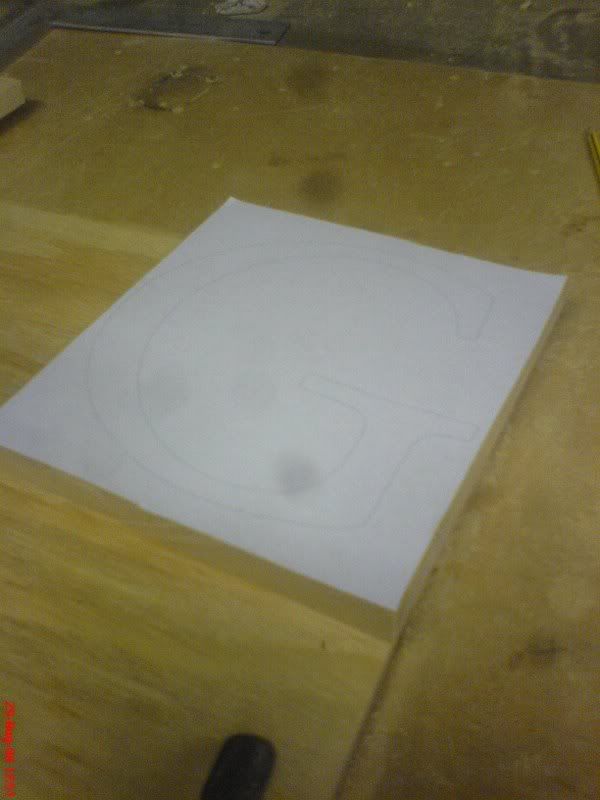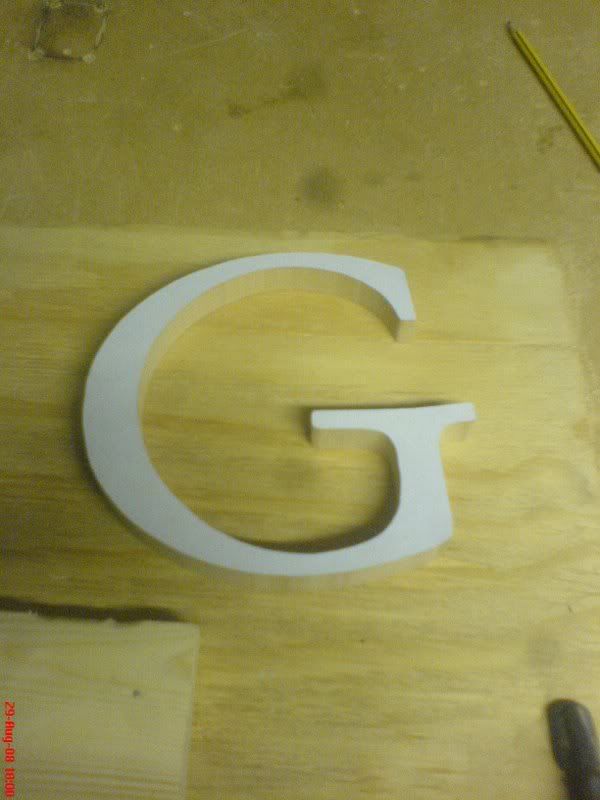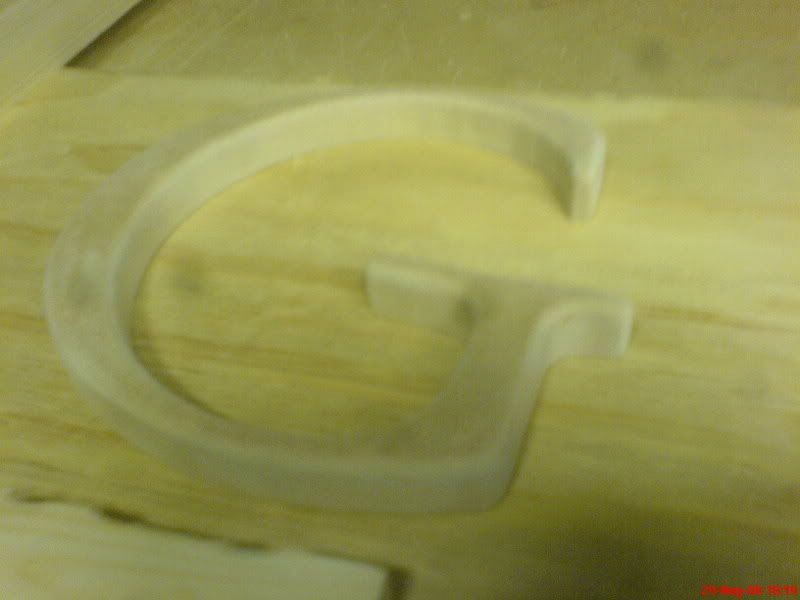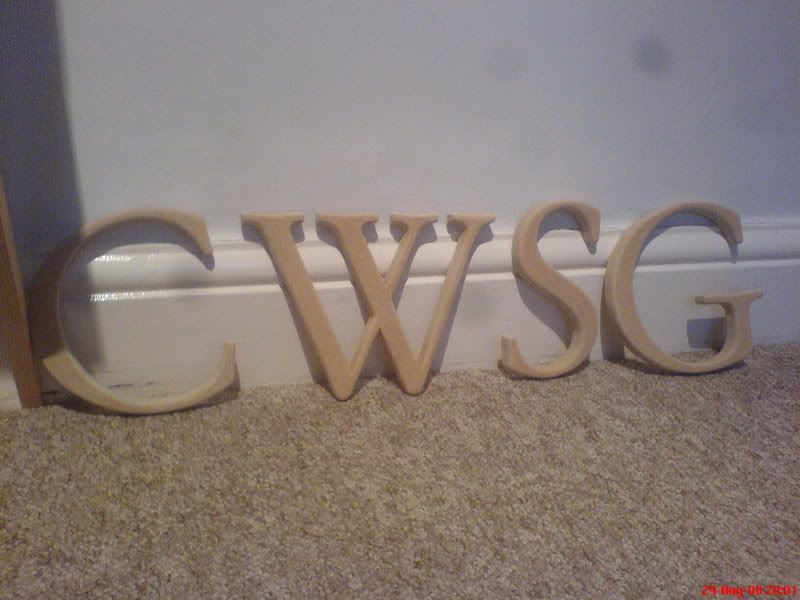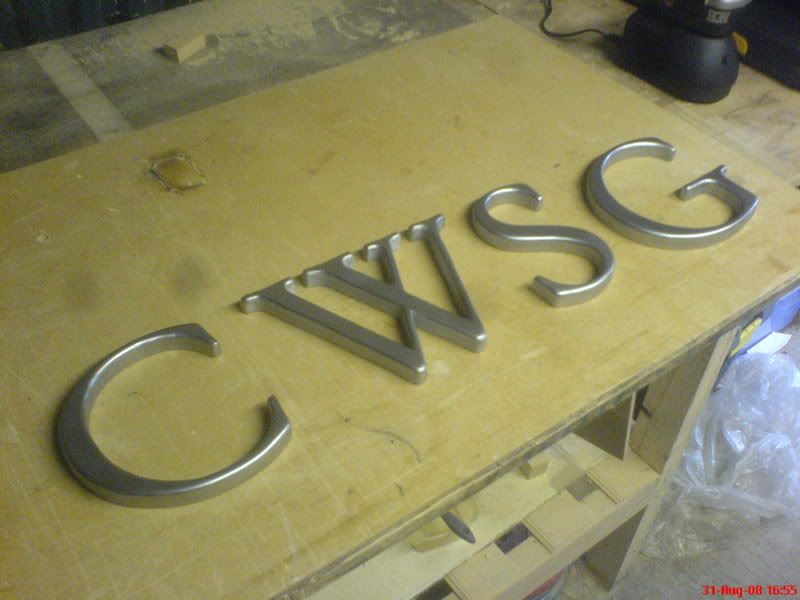pren
Established Member
Without wishing to put my head above the parapet again, I decided to focus my efforts on recreating some 3D letters that a friend had seen on eBay ....
.....that she couldn't afford ....
So...
Take one £45 scrollsaw, a £20 router, some B&Q 18mm MDF and some spray paint and:

First efforts at both working with MDF and spraying .... anything. There are areas around the sides of the letters where i didn't get the sandpaper in as thoroughly as I could have. These turned quite rough looking under the paint.
All in all, though: I'm fairly pleased with these!
Hey ho.
Cheers.
Bryn
ps: 'CWSG' is Welsh for 'Sleep'. Pronounced 'Koosg'.
.....that she couldn't afford ....
So...
Take one £45 scrollsaw, a £20 router, some B&Q 18mm MDF and some spray paint and:

First efforts at both working with MDF and spraying .... anything. There are areas around the sides of the letters where i didn't get the sandpaper in as thoroughly as I could have. These turned quite rough looking under the paint.
All in all, though: I'm fairly pleased with these!
Hey ho.
Cheers.
Bryn
ps: 'CWSG' is Welsh for 'Sleep'. Pronounced 'Koosg'.




